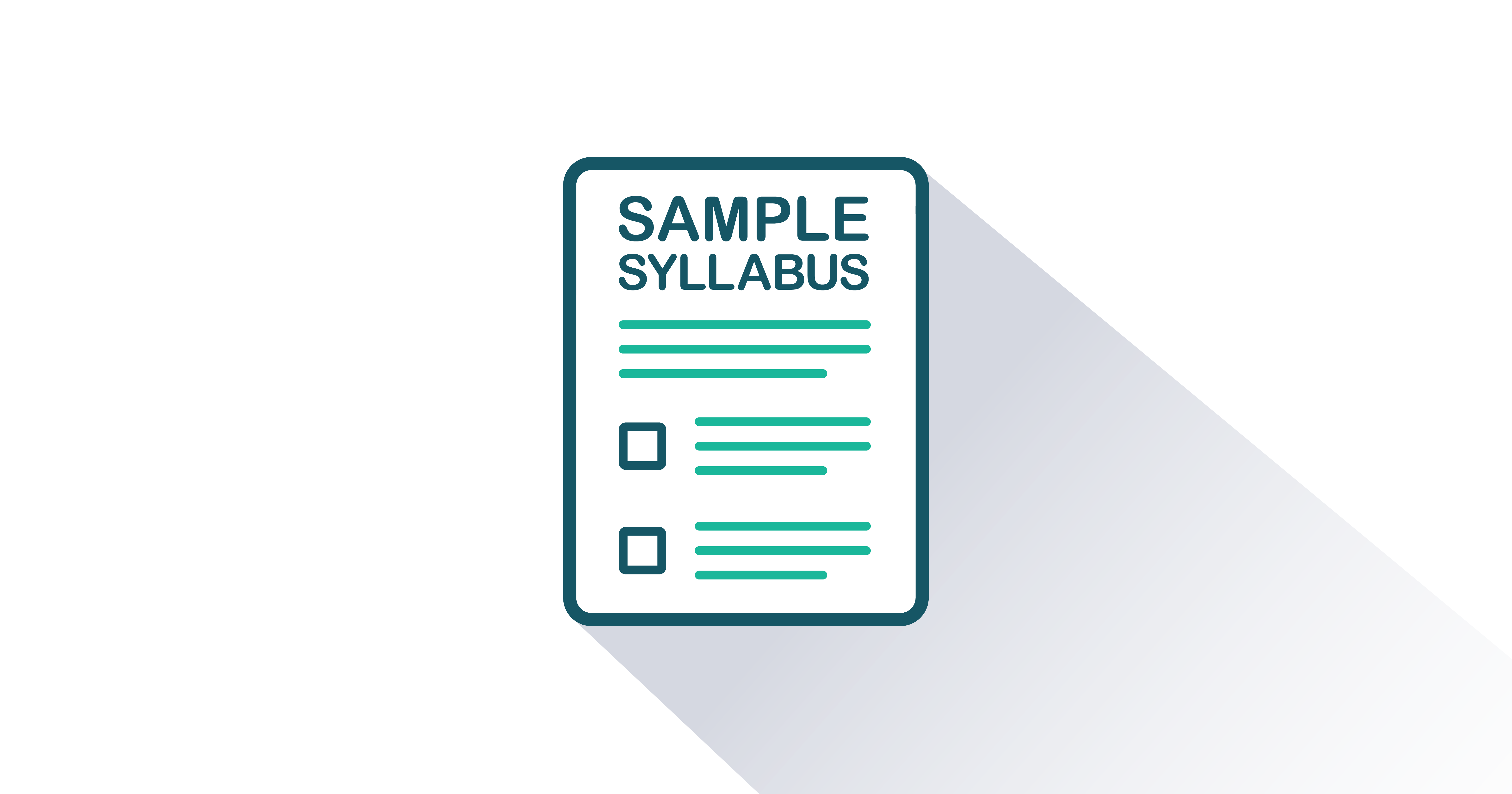- Published
- July 2020
- Page Count
- 658
- ISBN (Digital)
- 978-1-4533-9896-8
Economic Analysis of Social Issues

Version 2.0
By Alan Grant
Included Supplements
Key Features
- Includes coverage of the early stages of the COVID-19 pandemic
- Active Learning. Sixteen chapters are accompanied by experiments in which students can participate under the principle that “What students do, they remember.” Each experiment places students in a scenario where they have to make individual decisions that may lead to poor collective outcomes. For example, in the “Judge Me Not” experiment, each student assumes the role of a producer who can choose polluting technology or clean technology. Individual incentives encourage each producer to choose polluting technology. The collective outcome is a welfare-destroying volume of pollution that drives up everyone’s health care costs.
- Data Projects. The macroeconomics chapters are each accompanied by a data analysis project that introduces students to macro data and how different macroeconomic variables are linked.
- Critical Thinking Skills. Students are encouraged to use their economist toolkit to analyze social problems rather than simply memorizing facts or learning graphical or mathematical models that will soon be forgotten.
- Engaging Coverage of Important Social Issues. Simple tools are applied to a broad class of social problems such as pollution, health care, the depletion of natural resources, and business cycles. Graphical analysis is presented simply and is applied sparingly.
- Supportive Chapter Learning Structure
- “Learning Objectives” lay out the key ideas to be discussed in the following main section.
- “Key Terms” highlight important concepts and terminology in a running, marginal glossary.
- “Applications” reinforce key ideas with compelling and current real-world examples. Each application is matched to an accompanying problem that can be used to generate in-class discussions or can be included in assignments.
- “People Behind the Theory” vignettes appear in many chapters and explore the people and personalities behind the important economic ideas that have shaped the discipline.
- “Key Takeaways” at the end of each main section summarize key ideas in bullet-point fashion. Key Takeaways enable the learner to pause and consolidate the information just read. This process enables the reader to better understand and retain the chapter’s content and its key concepts.
- “Conclusion” sections reflect on what’s been learned already and set the stage for future topics.
- “Review Questions” reinforce recall and learning and encourage students to apply concepts.
- “Problems and Applications” encourage critical analysis of issues related to chapter content.
Students
- Online Access Price
- $33.95
- Color Printed Textbook with Online Access Price
- $60.95
Economic Analysis of Social Issues is an introductory economics textbook designed for use in a one-semester economic issues course for freshman and sophomore nonmajors. The text may also be appropriate for a one-semester survey of economics course or as a supplement to a standard principles of economics textbook.
Economic Analysis of Social Issues presents an innovative treatment of contemporary social problems using a minimum of mathematical and graphical analysis. The book’s student-friendly approach is based on simple supply and demand analysis and elementary game theory. It is applicable to a broad class of social problems such as pollution, health care, the depletion of natural resources, and inflation, and covers both microeconomic and macroeconomic topics.
- Chapters 1–4 present fundamental economic concepts, such as scarcity, trade-offs, and opportunity costs. These chapters then go on to develop the analytical tools used throughout the remainder of the book.
- Chapters 5–15 discuss the market mechanism and the price system. Next, they address contemporary microeconomic issues such as pollution, health care, and discrimination. These chapters emphasize the roles that property rights, transactions costs, and information play in creating social problems.
- Chapters 16–21 explain the basic functioning of the macroeconomy and address critical macroeconomic issues such as monetary policy, fiscal policy, unemployment, and income inequality.
New in This Version
- Expanded use of supply and demand analysis
- New applications address:
- The Trump trade war (Ch. 5)
- Laws against imported poetry (Ch. 5)
- Antitrust and big tech (Ch. 6)
- The value of feedback ratings in electronic markets (Ch. 6)
- Herd immunity (Ch. 7)
- UPS’s “no-left-turn policy” (Ch. 9)
- DNA databases as a crime-solving public good (Ch. 10)
- China’s “Nail Houses” and eminent domain (Ch. 11)
- Eminent domain and the kidney shortage (Ch. 11)
- Futures markets for human organs (Ch. 12)
- Gerrymandering (Ch. 13)
- The health insurance premium death spiral (Ch. 14)
- The economic impact of graduating in a recession (Ch. 17)
- Is Bitcoin money? (Ch. 18)
- Negative interest rates (Ch. 19)
- The broken window fallacy (Ch. 20)
- Inequality, mobility, and assortative mating (Ch. 21)
- Implicit tax rates and welfare to work (Ch. 21)
- Expanded macro coverage includes the initial stages of the COVID-19 pandemic
- Coronavirus and Supply Shocks (Ch. 16)
- Coronavirus and Demand Shocks (Ch. 16)
- Coronavirus and Monetary Policy (Ch. 19)
- Coronavirus and Fiscal Policy (Ch. 20)
- Integrated macro coverage of the Venezuelan hyperinflation
- Embedded video links direct students to examples and illustrations from popular culture, academia, and the news
- About the Author
- Acknowledgments
- Preface
-
Chapter 1: Fundamental Concepts in Economics
-
Chapter 2: Cost–Benefit Analysis and the Value of a Life
-
Chapter 3: Supply and Demand
-
Chapter 4: Basic Game Theory: Exploring Strategic Interactions
-
Chapter 5: Free Exchange: Individual and International Trade
-
Chapter 6: The Market System: Functions, Structure, and Institutions
-
Chapter 7: The Nature of Pollution Problems
-
Chapter 8: Government Policies to Regulate Pollution
-
Chapter 9: Resource Depletion and Sustainability
-
Chapter 10: Public Goods and the Role of Government
-
Chapter 11: Public Goods: Tackling Large Projects and Eminent Domain
-
Chapter 12: The Volunteer’s Dilemma: A Collective Inaction Problem
-
Chapter 13: Voting: You Can’t Always Get What You Want
-
Chapter 14: The Economics of Health Insurance and Health Care
-
Chapter 15: Segregation and Discrimination
-
Chapter 16: Gross Domestic Product and the Wealth of Nations: An Introduction to the Macroeconomy
-
Chapter 17: Unemployment
-
Chapter 18: An Introduction to Money, Banks, and the Financial System
-
Chapter 19: The Federal Reserve: Monetary Policy, Economic Activity, and Inflation
-
Chapter 20: The Federal Government: Taxes, Spending, and Fiscal Policy
-
Chapter 21: Income Inequality and the Redistribution of Income

FlatWorld Homework
FlatWorld Homework includes multi-format questions written specifically for your FlatWorld book, which you can access through our stand-alone interface or integrate with your learning management system.

Instructor’s Manual
The Instructor’s Manual guides you through the main concepts of each chapter and important elements such as learning objectives, key terms, and key takeaways. Can include answers to chapter exercises, group activity suggestions, and discussion questions.

PowerPoint Lecture Notes
A PowerPoint presentation highlighting key learning objectives and the main concepts for each chapter are available for you to use in your classroom. You can either cut and paste sections or use the presentation as a whole.

Test Generator - powered by Cognero
FlatWorld has partnered with Cognero, a leading online assessment system, that allows you to create printable tests from FlatWorld provided content.

Test Bank Files for Import to Learning Management Systems
For your convenience, we've packaged our test items for easy import into Learning Management Systems like Blackboard, Brightspace/D2L, Canvas, Moodle, or Respondus.

Test Item File
Need assistance in supplementing your quizzes and tests? Our test-item files (in Word format) contain many multiple-choice, fill-in-the-blank, and short-answer questions.

Sample Syllabi
Sample syllabi provide useful templates to help new faculty adopters revise their teaching plans to match their assigned FlatWorld textbook or lend insights to existing adopters on how to organize their classes.
DownloadAt FlatWorld, we take pride in providing a range of high-quality supplements alongside our titles, to help instructors teach effectively. Supplements are available for instructors who have registered their adoption with us. If you need to review or preview something specific, please contact us.
Already registered? Sign in here.
Additions & Errata
8/12/22 The following was updated:
Section 5.1: Replaced broken-linked embedded video with simple link to this page: https://www.ispot.tv/ad/ohxg/walmart-the-halloween-exchange
Section 9.3 Friends Tragedy of the Commons: replaced broken link with https://youtu.be/Ou76DXq57MI
Section 11.1 Homeless Hare: Replaced broken link with https://youtu.be/eq9StYexfm8
Section 12.1: Ferris Bueller: Replaced broken link with https://youtu.be/_B-_Y-HbIWM
Section 13.2 Rational Voting: Replaced broken link with https://youtu.be/t_AxDFxmXRI
Section 17.3 Video Killed the Radio Star: Replaced broken link with https://youtu.be/W8r-tXRLazs
Section 21.3 Young Sheldon: Replaced broken link with https://youtu.be/VdN6yXZ3cLM
